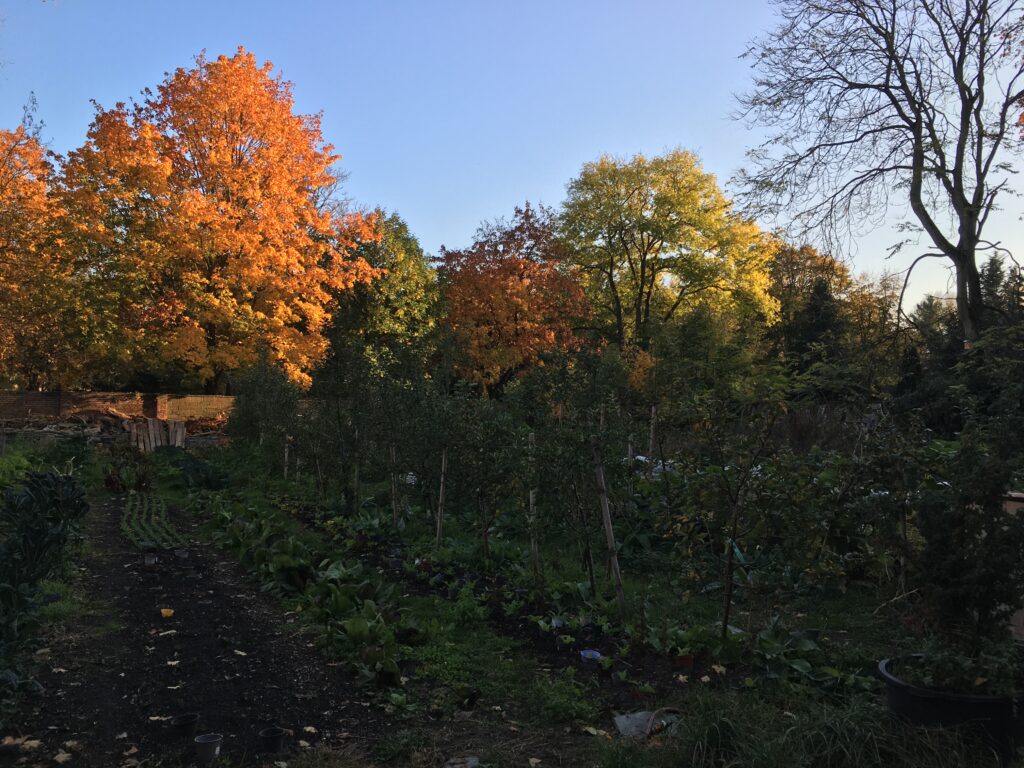
In end of September 2024, I met this very nice community garden project, “Elisabeet“, near my house. It is run by NGO, and group of people gather on fridays to work on the garden to maintain the vegetables and plants growing there. It is located inside a cemetery property. They gave a permission to use a large part of the land to be used for the project. As not all the space is used for farming/planting, I asked if I can grow some indigo next year. They were very nice to say “yes!” to my proposal. Finally, I have an access to a piece of “real” land to grow indigo!
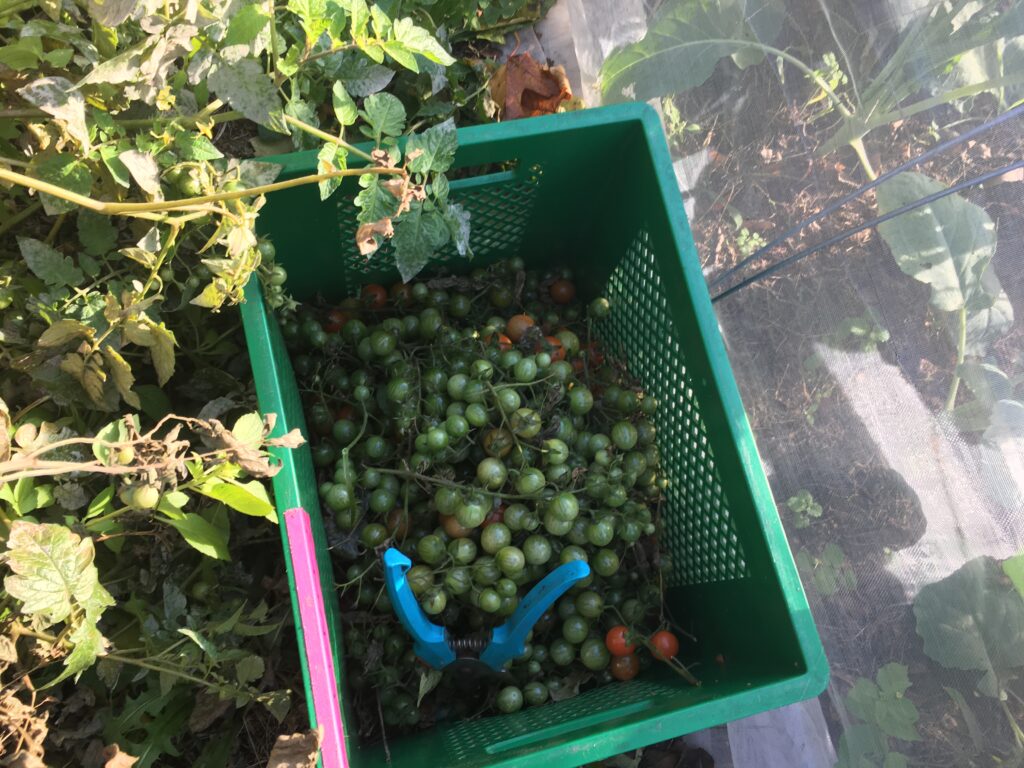
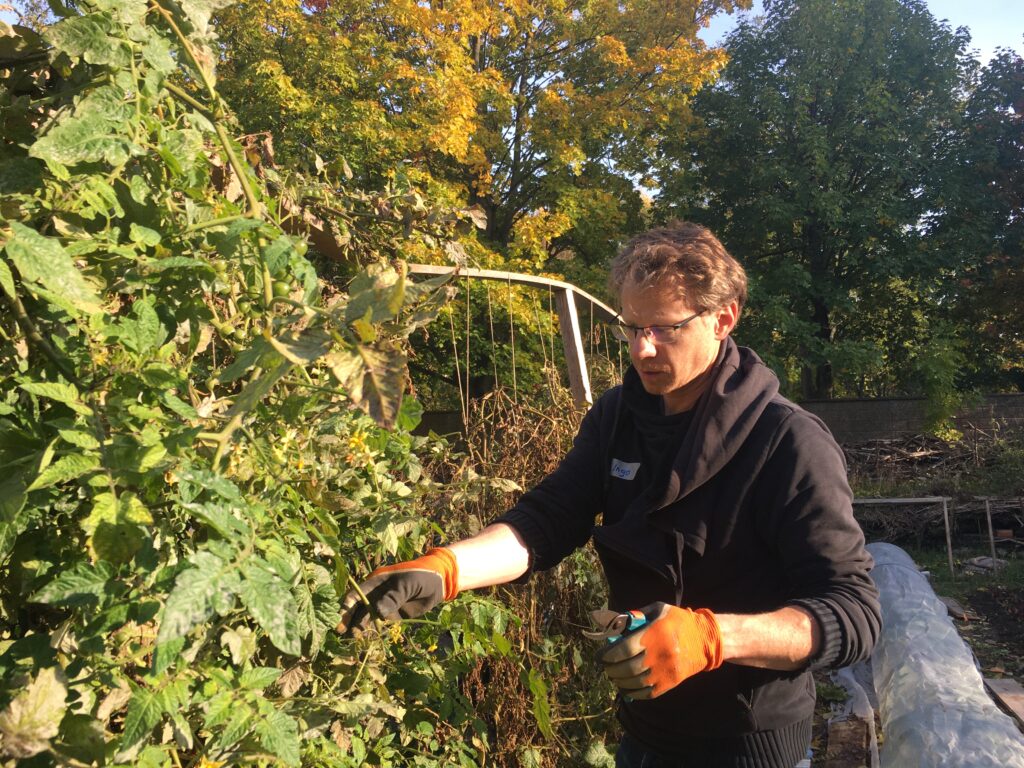
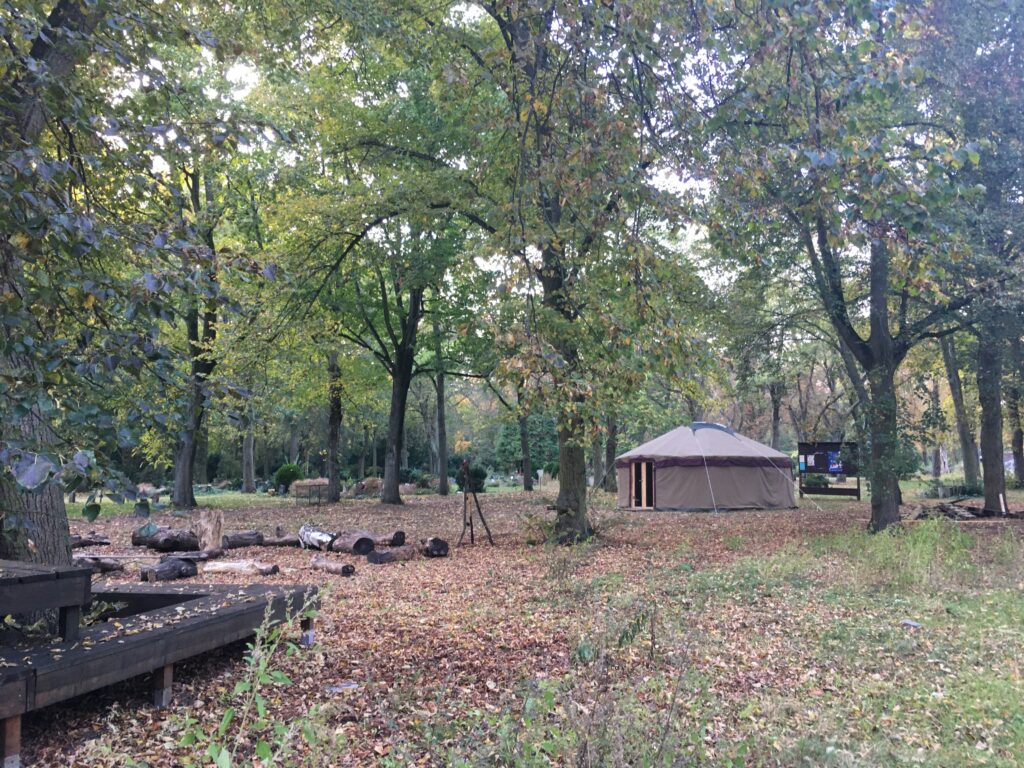
Not only the space, there are very friendly people coming there to work as volunteers. Some are old, some are young, some are from other countries… I live in Berlin for more than 10 years, but I never met so much “diverse” people and made friendship. Community gardens can offer an interesting crossing point in a society.
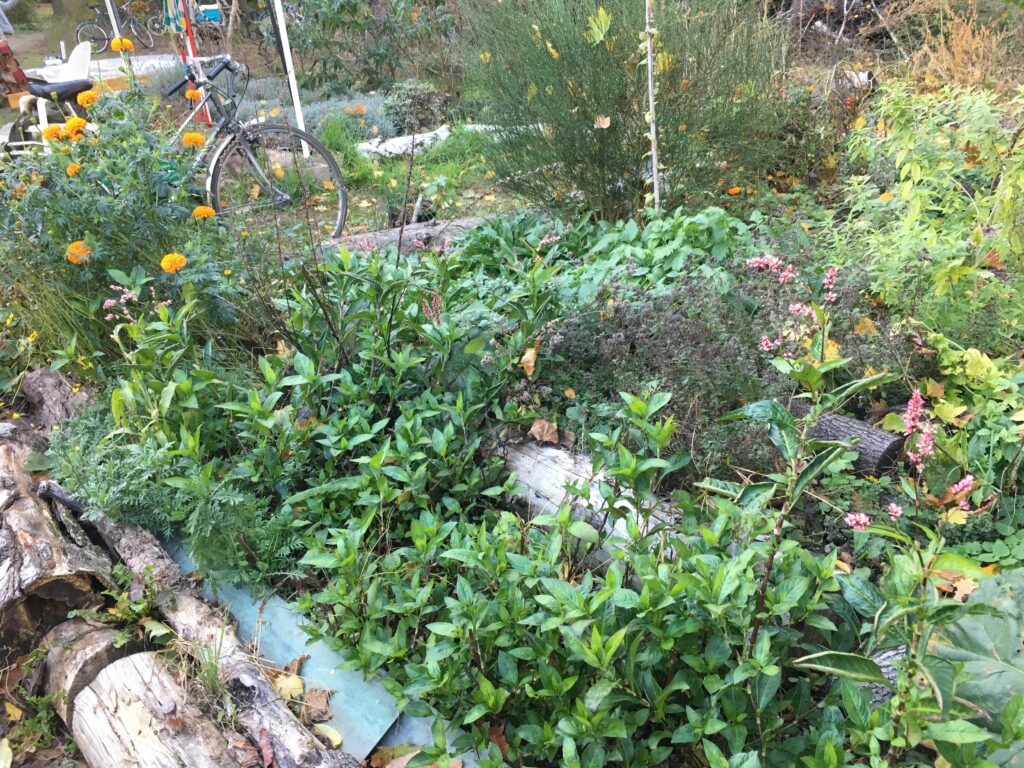
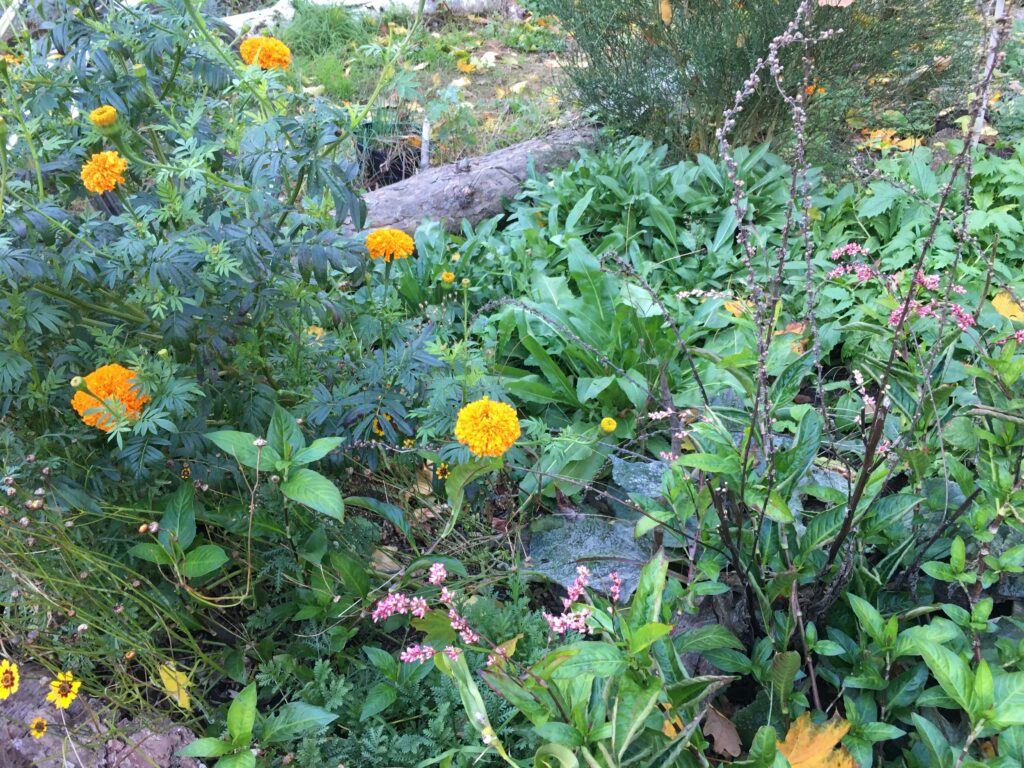
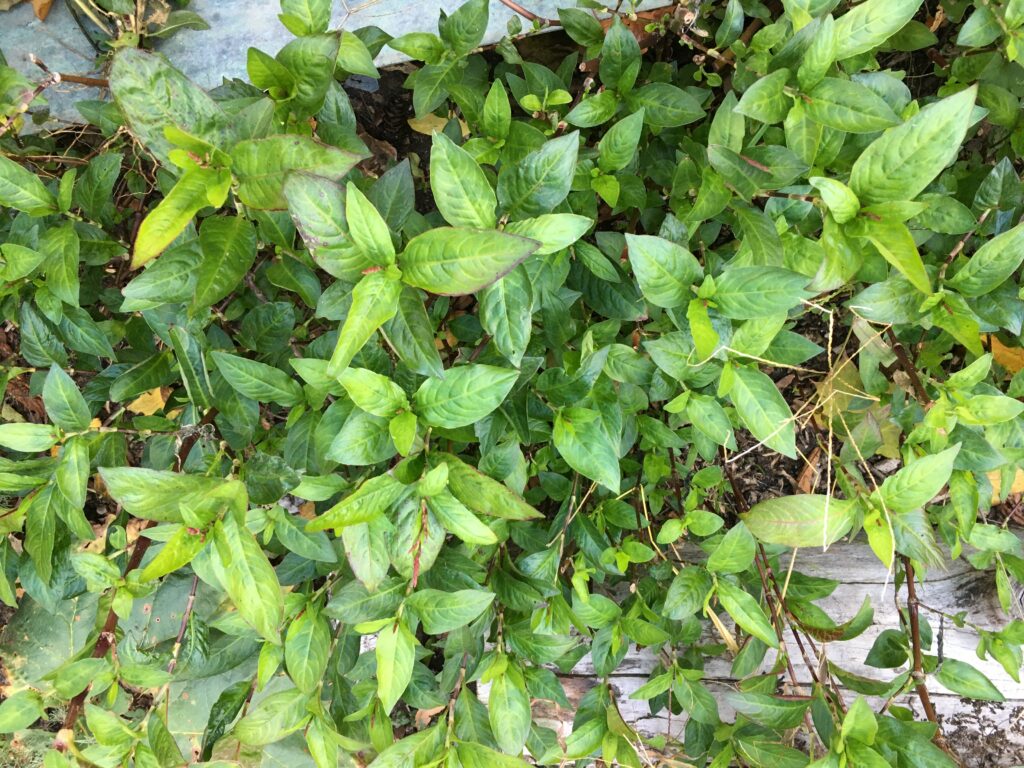
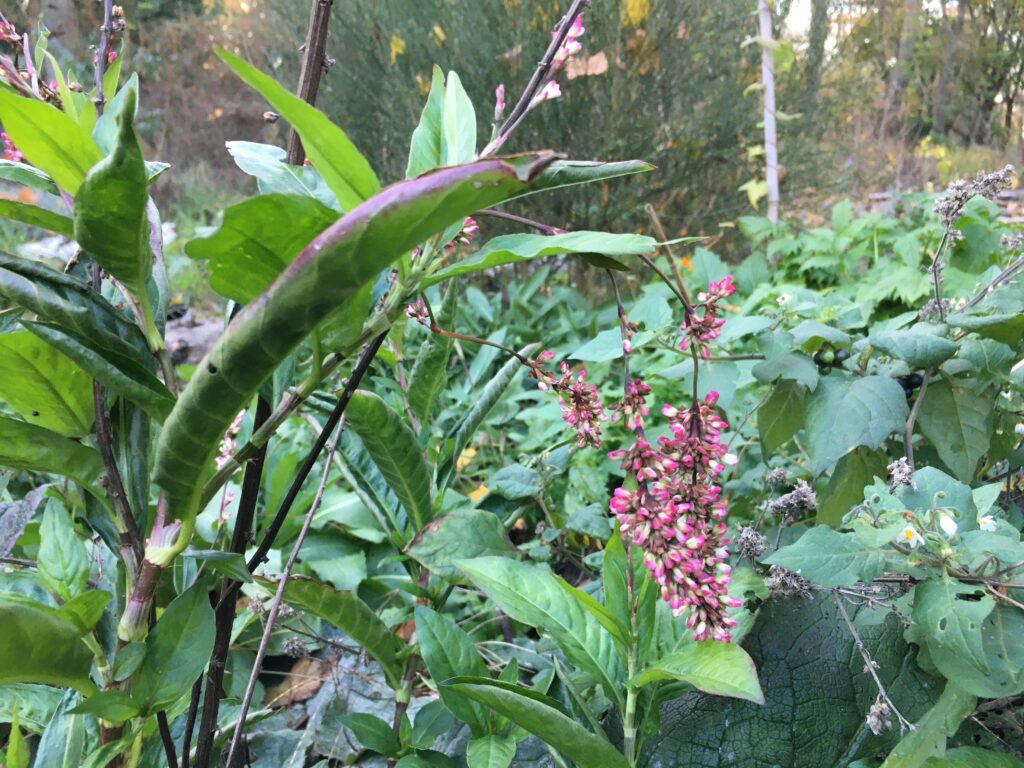
And I also met Madlen, who has been practicing natural dye for some years, and she has already started a dye color garden at the Elisabeet. The color garden is not very big at the moment and we plan to expand this next year.
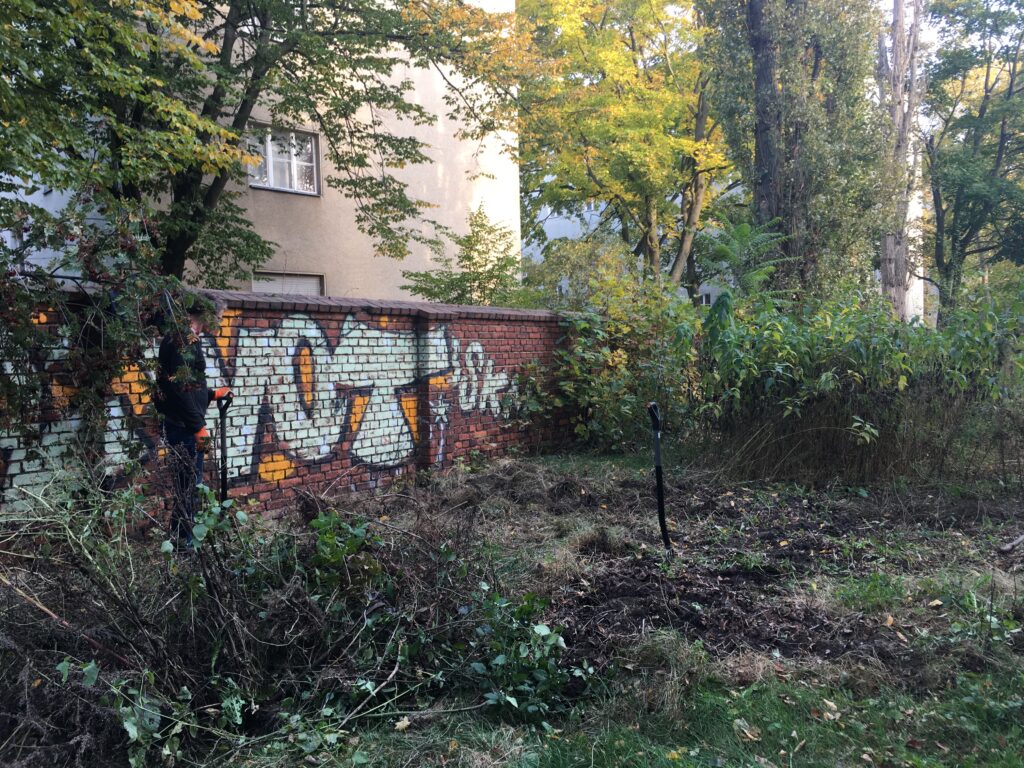
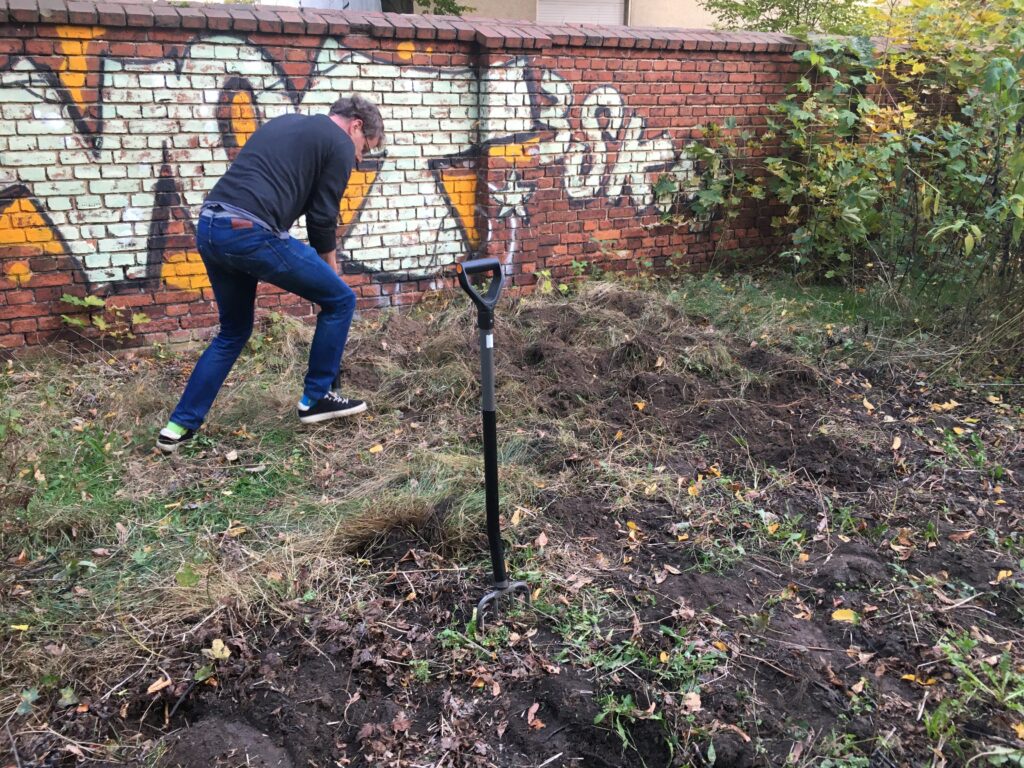
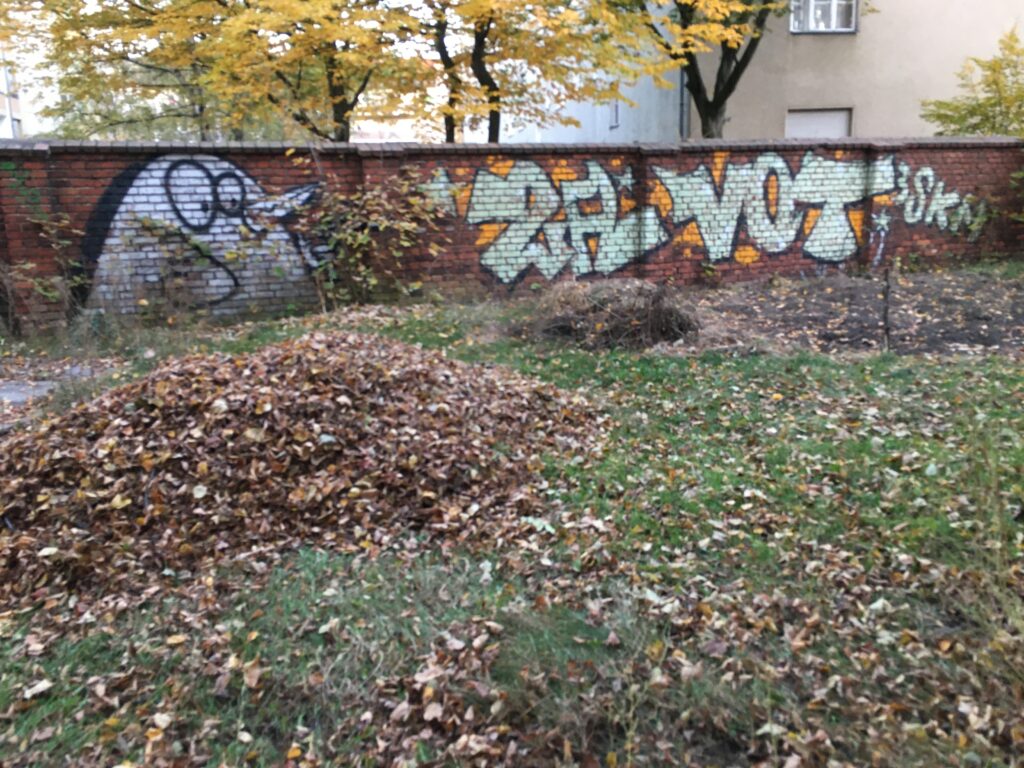
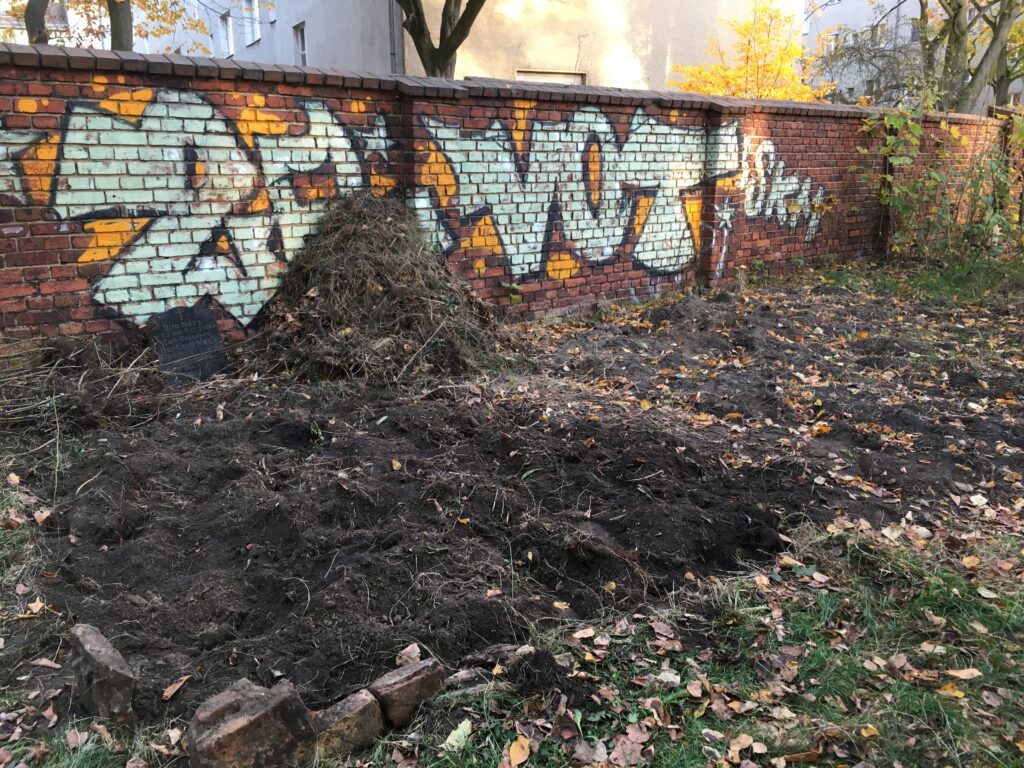
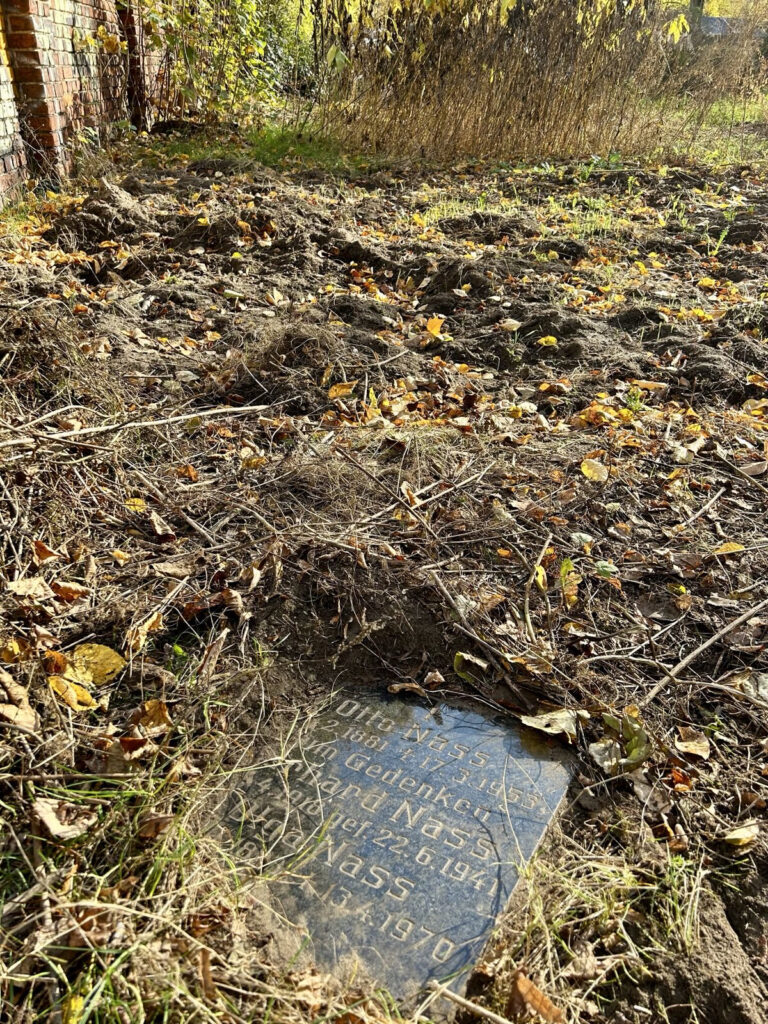
We agreed with the other gardeners that we can develop a land next to the wall as a space for indigo and other dye color plants. We imagine a field of Indigo, woad, madder, marigold, dyers broom and many more. The soil in the region of Berlin is very sandy. So we are loosening the soil now and planning how we could improve the soil quality for the next planting season. We gathered some fallen leaves and plant matter to make compost directly on the soil we plan to use. We also think of making a part of it as a hügelbeet.
As we were clearing the weed on the land, we discovered a tombstone. This part of the cemetery was NOT used as a burial ground… and judging from the direction the stone was laying, we assume this stone was abandoned here with the rest of the unused stones that was once laying here in piles. R.I.P. for family Nass.
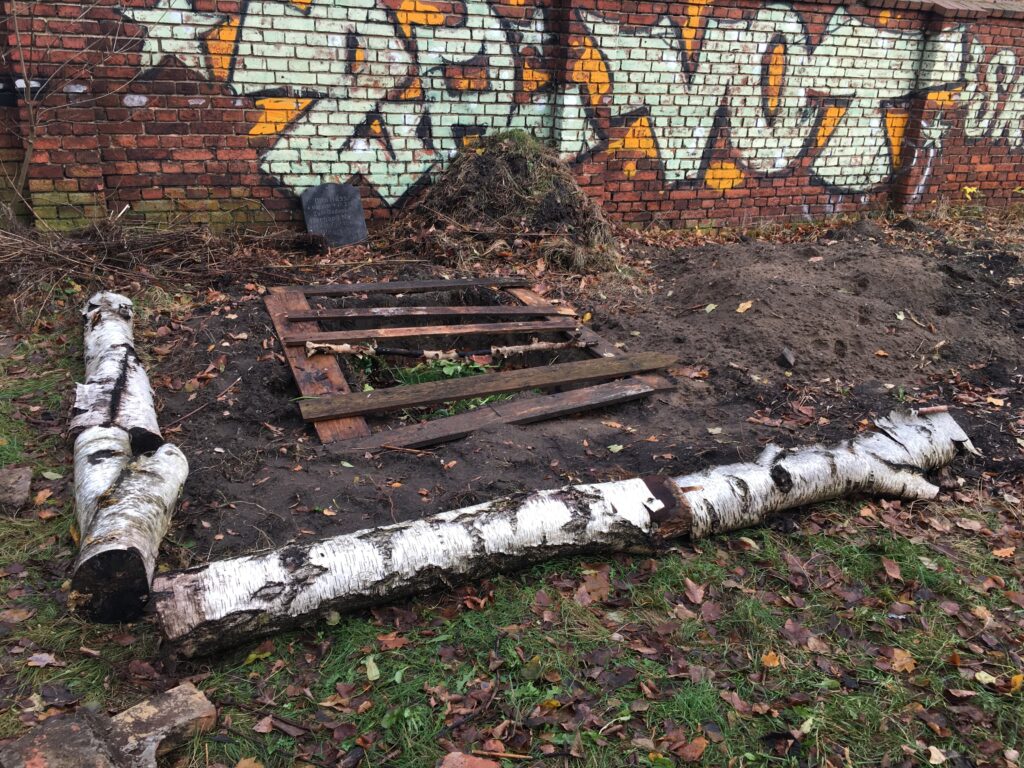
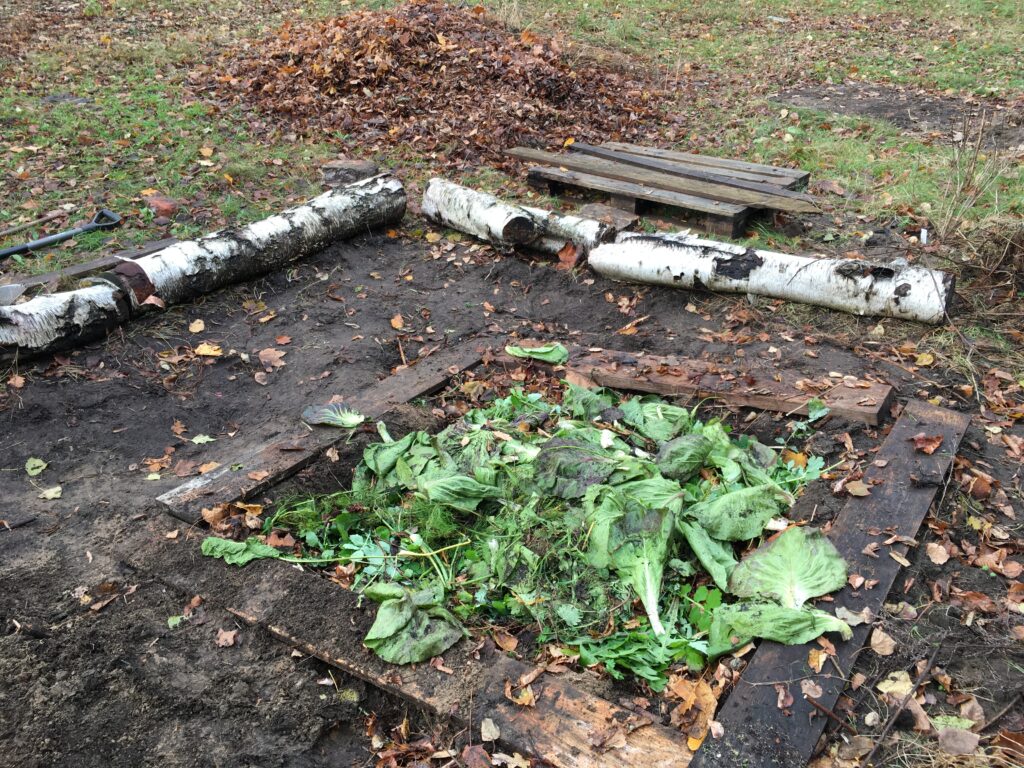
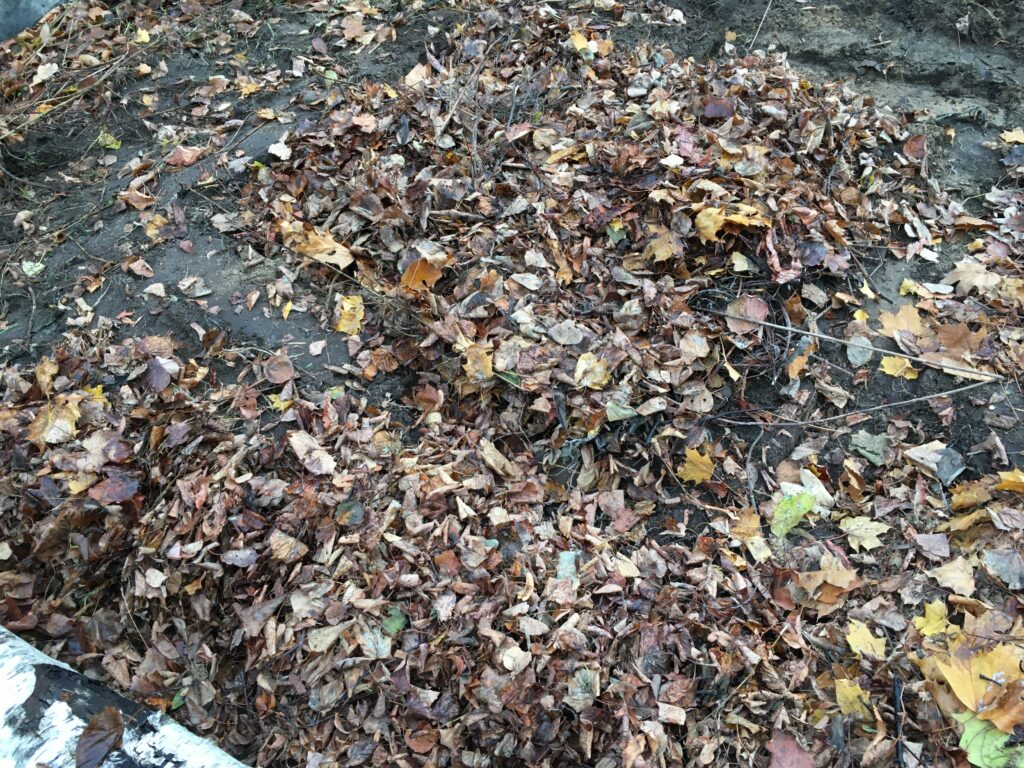
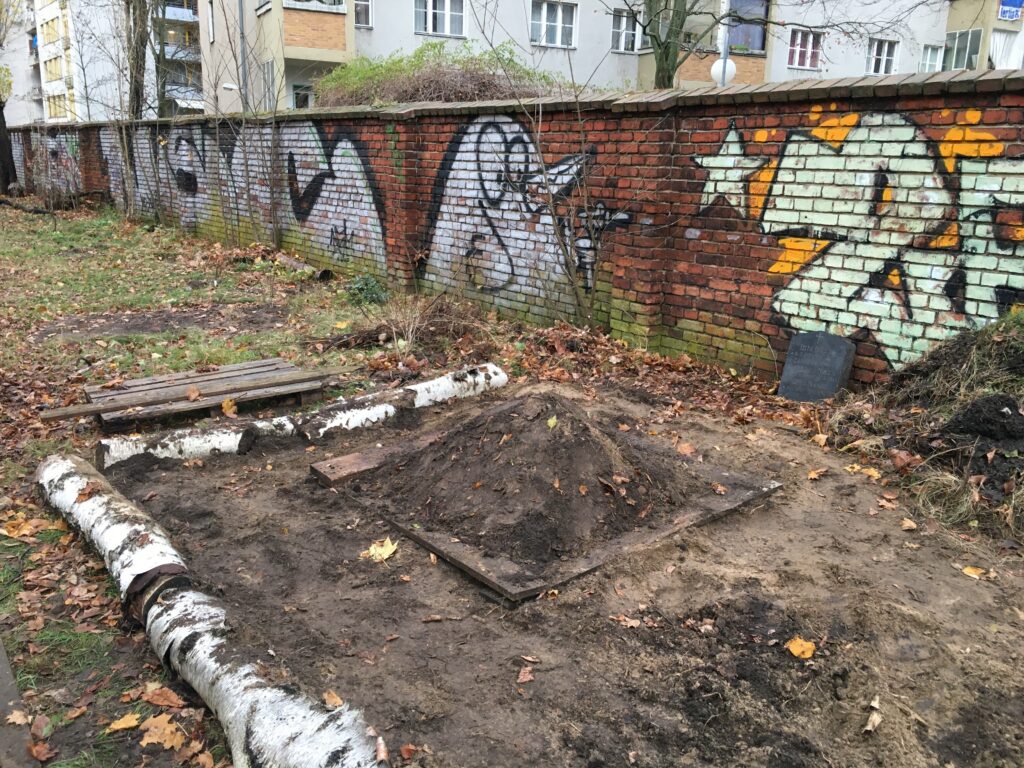
With Madlen and Juel, we prepared a part of the land as hügelbeet. This is planned to be a color garden with various natural color plants garden. Madlen and Juel already made 1m deep hole in the middle the day before (on the 1st photo, protected with the wood pieces). There are big logs, wallen leaves and green plant pieces in layer inside. We added more small branches of wood pieces, fallen leaves, green plant parts, and soil layers until the hole is filled to ground level, then we added fallen leaves everywhere and covered with the rest of the soil. This should create a good compost and water capture system for the years to come planting season.
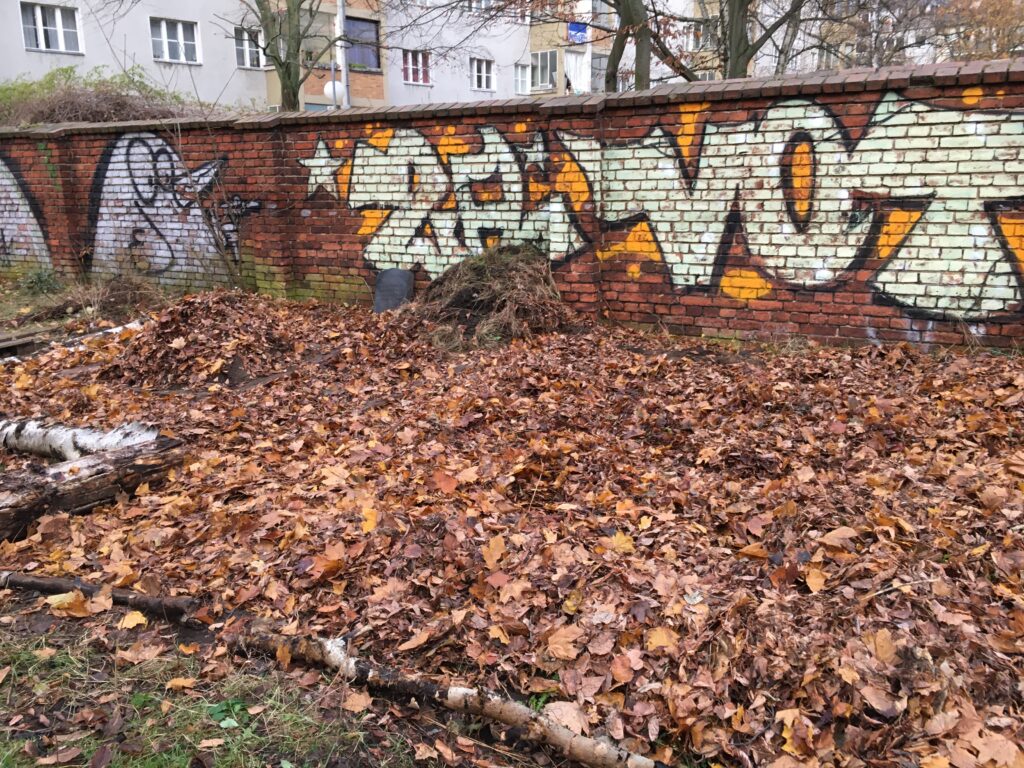
The next to the color garden is where we plan the Indigo field. It is maybe 4m x 4m large. We covered the whole area with fallen leaves, hoping that it will compost over the winter and add some richness to the soil. The graffiti on the wall is definitely adding the Berlin flare.